Table of content
Chinese cabbage pancakes, known as baicai bing in Mandarin, are a beloved street food and home-cooked staple across China and beyond. These golden, crispy pancakes are stuffed with a fragrant mixture of shredded cabbage, aromatics, and simple seasonings, then pan-fried to perfection. Whether served as a snack, appetizer, or main dish, they offer a comforting blend of textures and flavors that appeal to both traditionalists and adventurous eaters. This article will guide you through creating these delicious treats from scratch, ensuring even novice cooks can achieve restaurant-quality results at home.
The Allure of Chinese Cabbage Pancakes
Chinese cabbage, or napa cabbage, is the star of this dish. Its mild, slightly sweet flavor and crisp texture make it an ideal filling, absorbing seasonings without overwhelming the palate. The pancakes themselves are made from a basic dough of flour and water, which transforms into a chewy, tender layer when cooked. When combined with ingredients like green onions, ginger, and sesame oil, the result is a harmonious balance of savory, aromatic, and umami notes.
What makes this dish particularly special is its versatility. It can be enjoyed plain, dipped in soy sauce or chili oil, or paired with a tangy vinegar-based sauce. For a heartier meal, add minced pork, shrimp, or mushrooms to the filling. The recipe below focuses on a vegetarian version, but feel free to experiment based on your preferences.
Ingredients You’ll Need
Before diving into the cooking process, gather the following ingredients. All measurements are approximate and can be adjusted to taste:
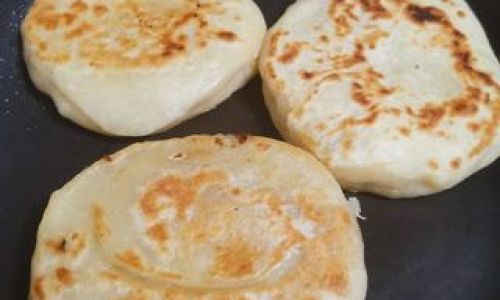
For the Dough:
- 2 cups all-purpose flour (plus extra for dusting)
- 1 cup warm water (around 100°F/38°C)
- ½ teaspoon salt
For the Filling:
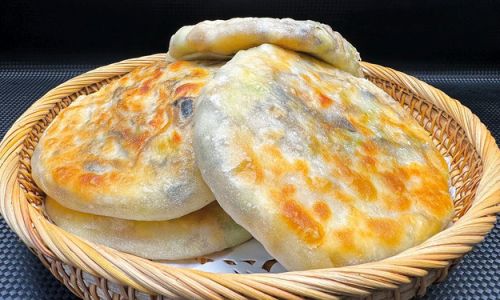
- 4 cups shredded Chinese cabbage (about ½ medium head)
- 3 green onions, finely chopped
- 1 tablespoon fresh ginger, grated
- 1 teaspoon sesame oil
- 1 tablespoon soy sauce (or tamari for gluten-free)
- ½ teaspoon white pepper (or black pepper)
- ½ teaspoon salt
- 1 tablespoon vegetable oil (for cooking)
Optional Additions:
- ½ cup grated carrot
- ¼ cup chopped cilantro
- 1 teaspoon rice vinegar
- 1 egg (for binding, if needed)
Step-by-Step Instructions
Preparing the Dough
The dough is the foundation of a perfect cabbage pancake. It should be soft, pliable, and easy to roll out.
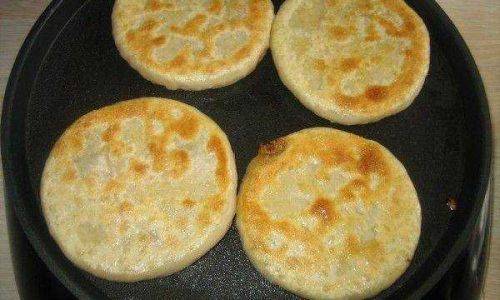
- In a large mixing bowl, combine the flour and salt. Gradually pour in the warm water while stirring with chopsticks or a wooden spoon. The dough will initially look shaggy.
- Once the water is absorbed, knead the dough with your hands for 5–7 minutes until smooth and elastic. If the dough feels sticky, add flour one tablespoon at a time. If it’s too dry, sprinkle in a little more water.
- Shape the dough into a ball, cover it with a damp cloth, and let it rest for 30 minutes. Resting allows the gluten to relax, making the dough easier to roll.
Preparing the Filling
The key to a flavorful filling is removing excess moisture from the cabbage to prevent sogginess.
- Place the shredded cabbage in a colander and sprinkle with ½ teaspoon of salt. Toss gently and let it sit for 15–20 minutes. The salt will draw out water.
- After 20 minutes, squeeze the cabbage firmly with your hands to remove as much liquid as possible. Transfer it to a clean bowl.
- Add the green onions, ginger, sesame oil, soy sauce, white pepper, and remaining salt to the cabbage. Mix thoroughly. Taste and adjust seasonings if needed.
Assembling the Pancakes
- Divide the dough into 8 equal portions. Roll each portion into a ball and cover them with a damp cloth to prevent drying.
- On a lightly floured surface, roll one dough ball into a thin circle (about 6–7 inches in diameter).
- Spoon 2–3 tablespoons of filling onto one half of the circle, leaving a ½-inch border. Fold the dough over the filling to form a half-moon shape. Press the edges to seal, then crimp them with a fork to ensure they stay closed during cooking.
- Repeat with the remaining dough and filling.
Cooking the Pancakes
- Heat a large non-stick skillet or griddle over medium heat. Add a thin layer of vegetable oil.
- Once hot, place 2–3 pancakes in the skillet (depending on size). Cook for 3–4 minutes per side until golden brown and crispy. Adjust the heat if they brown too quickly.
- Transfer cooked pancakes to a plate lined with paper towels to absorb excess oil.
Serving Suggestions
Cabbage pancakes are best enjoyed immediately while still warm and crispy. Serve them with:
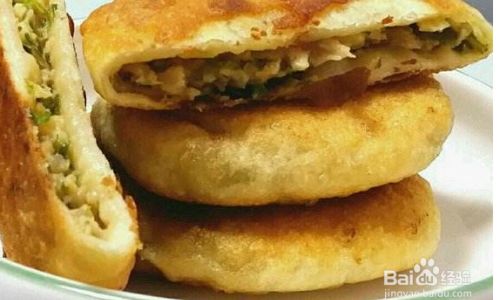
- A dipping sauce made of soy sauce, rice vinegar, and chili oil.
- Pickled vegetables or kimchi for a tangy contrast.
- A side of steamed rice or congee for a complete meal.
Tips for Perfect Pancakes
- Dough Consistency: If the dough is too stiff, it will be hard to roll. If too sticky, it will stick to the surface. Aim for a soft, smooth texture.
- Filling Moisture: Overly wet filling can cause the pancakes to break open. Always squeeze the cabbage thoroughly.
- Cooking Temperature: Medium heat ensures even cooking without burning. If the pancakes brown too fast, reduce the heat slightly.
- Freezing Leftovers: Cooked pancakes can be frozen for up to a month. Reheat them in a skillet over low heat or in a toaster oven.
Variations to Try
- Meat Lover’s Version: Add ½ pound of ground pork or beef to the filling. Brown the meat in a skillet before mixing it with the cabbage.
- Spicy Kick: Incorporate 1–2 teaspoons of chili paste or Sichuan peppercorns into the filling.
- Vegetarian Twist: Include shredded mushrooms, tofu, or bean sprouts for extra texture.
- Gluten-Free Option: Use a 1:1 gluten-free flour blend instead of all-purpose flour.
The Cultural Significance of Cabbage Pancakes
Cabbage pancakes have deep roots in Chinese cuisine, particularly in northern regions where wheat-based dishes are common. They were historically a way to stretch ingredients during lean times, as cabbage is affordable and filling. Today, they remain a symbol of home-cooked comfort, often enjoyed during family gatherings or festivals.
In some areas, street vendors sell cabbage pancakes as a quick, satisfying snack. The sizzle of the dough hitting the hot oil and the aroma of sesame and ginger wafting through the air are cherished sensory memories for many.
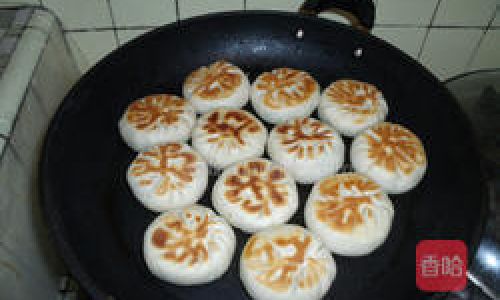
Conclusion
Mastering the art of Chinese cabbage pancakes is a rewarding culinary adventure. With a handful of simple ingredients and a bit of patience, you can recreate the magic of street food stalls or grandma’s kitchen in your own home. Whether you stick to the classic recipe or add your own creative twists, these pancakes are sure to become a favorite. So roll up your sleeves, heat up the skillet, and savor the crispy, savory joy of baicai bing—a dish that bridges tradition and innovation with every bite.
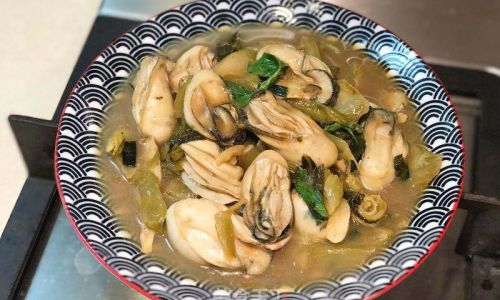

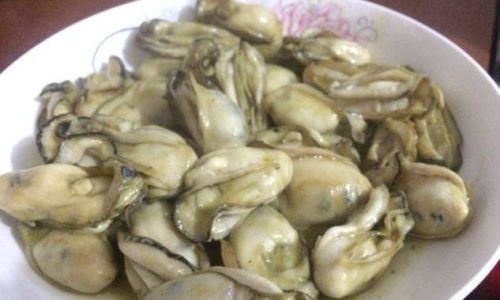
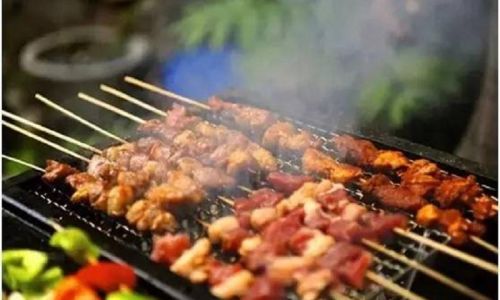

0 comments